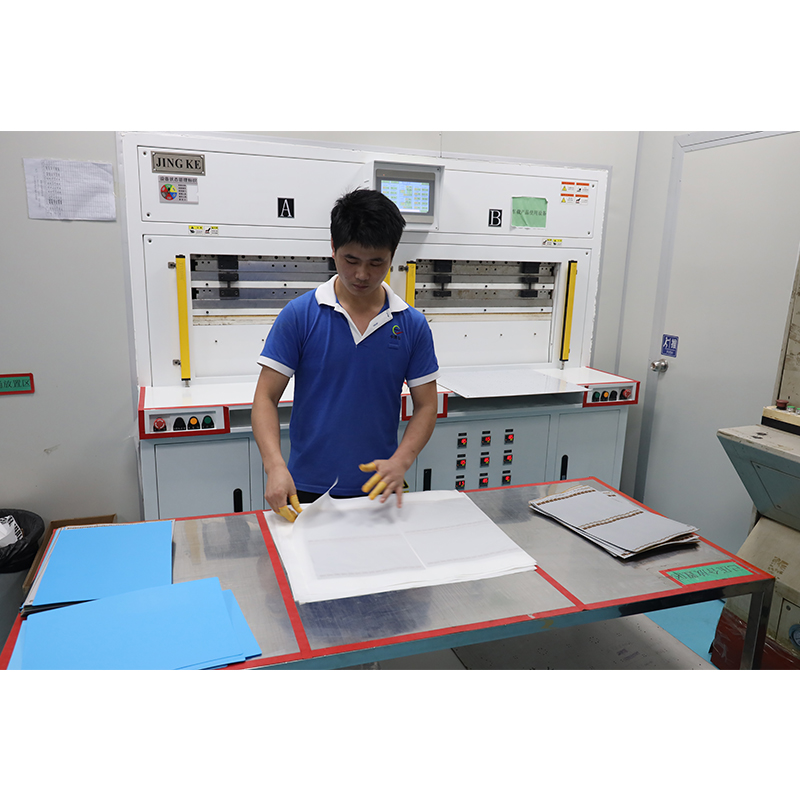With the rapid development of the Internet of Things (IoT), the demand for more advanced and compact electronic devices continues to increase. Rigid-flex circuit boards have emerged as a promising solution to this challenge, providing seamless integration of rigid and flexible components. In this blog post, we take a deep dive into how the adoption of rigid-flex circuit boards is transforming IoT devices, enabling sleeker designs, enhanced functionality, and greater reliability.
In this era of advanced technology, the Internet of Things (IoT) has made significant progress in changing the way we live and work. From smart homes to industrial automation, IoT devices have become an integral part of our daily lives. However, the success of these devices relies heavily on the underlying technology that powers them. One of the technological innovations that has attracted widespread attention is the rigid-flex circuit board.
Rigid-flex circuit boards, as the name suggests, are a mixture of rigid and flexible circuit boards. They offer the advantages of both types of boards, providing unique solutions for a variety of applications. Traditionally, rigid circuit boards have been used in electronic devices due to their robustness and mechanical stability. Flexible circuit boards, on the other hand, are known for their flexibility, allowing them to bend or twist. By combining these two types of boards, rigid-flex circuit boards can provide a versatile platform for IoT devices.
One of the main advantages of using rigid-flex circuit boards in IoT devices is their ability to withstand harsh and dynamic environments. Many IoT devices are deployed in challenging conditions such as extreme temperatures, vibration, and moisture. Rigid-flex boards are designed to withstand these conditions, ensuring equipment reliability and longevity. This makes them ideal for applications such as wearable devices, industrial monitoring systems, and outdoor sensors.
Another significant advantage of rigid-flex circuit boards in IoT devices is their space-saving design. IoT devices are often compact and require complex circuitry to operate effectively. Rigid-flex panels enable designers to maximize available space because they can be bent or folded to fit into tight spaces. This not only saves valuable space within the device, but also reduces the overall size and weight of the product. As a result, IoT devices can be smaller, lighter, and more easily integrated into a variety of applications.
Security is a critical aspect of IoT devices, especially when handling sensitive data or connected to critical infrastructure. Rigid-flex circuit boards offer enhanced safety features compared to traditional circuit boards. As the complexity of IoT devices increases, so does the risk of tampering or unauthorized access. Rigid-flex boards provide an additional layer of protection by integrating safety mechanisms directly into the circuit board design. These security features include secure encryption, tamper detection circuitry and ruggedized connectors. By integrating these capabilities, rigid-flex boards can provide strong defense against cyber threats and unauthorized access.
The versatility of rigid-flex circuit boards also plays a critical role in the success of IoT devices. The IoT industry continues to evolve, with new applications and requirements emerging. Rigid-flex boards can adapt to these changing needs, allowing for easy customization and scalability. Whether adding new sensors, expanding memory capacity, or integrating additional functionality, rigid-flex boards can accommodate these advancements without compromising device performance or reliability. This flexibility ensures that IoT devices can keep up with the latest technological advancements, providing future-proof solutions for manufacturers and end users alike.
Despite the many advantages of rigid-flex circuit boards, there are some challenges that need to be considered. The manufacturing process of rigid-flex boards can be more complex and costly than traditional circuit boards. The combination of rigid and flexible materials requires specialized equipment and expertise, which increases production costs. Additionally, rigid-flex board design and layout require careful consideration to ensure optimal performance and reliability. However, as the demand for IoT devices continues to grow, the industry is working hard to improve the production efficiency and cost-effectiveness of rigid-flex boards.
In summary, rigid-flex circuit boards have the potential to revolutionize IoT devices by offering enhanced durability, space-saving designs, improved security, and adaptability. These unique characteristics make it ideal for a variety of IoT applications ranging from consumer electronics to industrial automation. As technological advancements continue to shape the IoT industry, it is critical to use innovative solutions such as rigid-flex boards to unlock the full potential of these smart devices. By doing this, we can create a future where IoT devices are seamlessly integrated into our daily lives, making them smarter, more efficient, and ultimately improving our overall quality of life.
Post time: Oct-09-2023
Back







